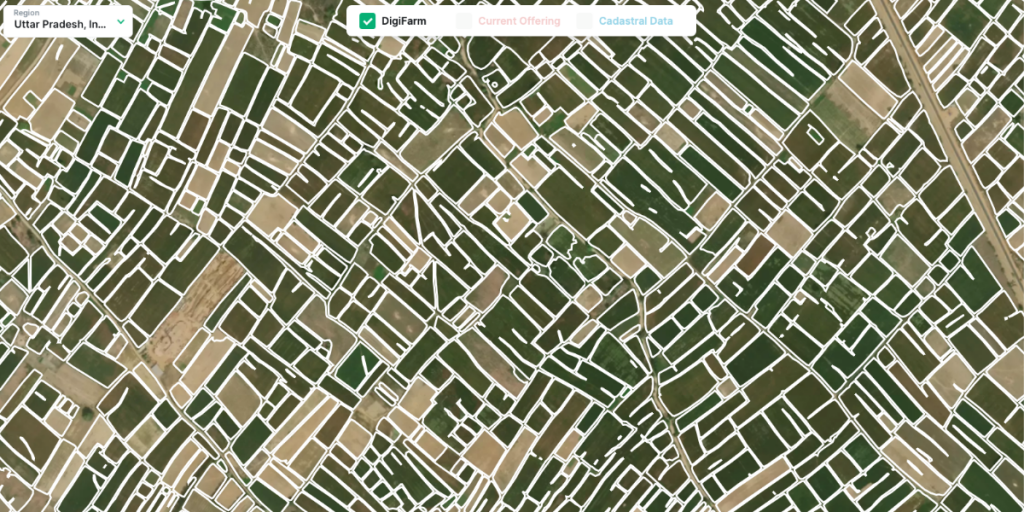AWS Public Sector Blog
Tag: Amazon S3
Using AWS to help students find an affordable college
Moneythink is an education technology nonprofit providing big solutions to help with college affordability, accessibility, and student loan debt. We built DecidED, a web app that runs on AWS and provides students across the country with guidance and support to understand financial aid options and budgeting for college costs. Our work gives students the cost transparency necessary to make clear decisions about their futures, and is especially beneficial for historically marginalized students, as they often lack resources due to institutionally imposed barriers.
How students help modernize rocket launches at the Western Range with the AWS Cloud
Vandenberg Space Force Base (VSFB), also known as the Western Launch and Test Range, is one of only two U.S. Space Force launch ranges. A safe rocket launch relies on the ability of Western Range meteorologists to gather and analyze weather data in real-time. The Western Range team wanted to switch to an agile, cloud-based solution that would streamline data analysis and keep operators safe—which prompted them to call on students and AWS Cloud experts at the California Polytechnic State University (Cal Poly) Digital Transformation Hub (DxHub), powered by AWS, to help VSFB prototype a solution.
From open data to machine learning, making 1950 Census data available with AWS
On April 1, the US National Archives and Records Administration (NARA) released the 1950 Census data to the general public. Census data is released 72 years after a census is conducted, and it has been 10 years since the last census data for the 1940 Census was publicly released. With the support of cloud technologies, this release marks a number of important firsts. AWS is honored to support the release of the 1950 Census and help make this data available to the public.
Bringing world-class satellite imagery to smallholder farmers with open data
As part of the Amazon Sustainability Data Initiative (ASDI), AWS invited Nils Helset, co-founder and chief executive officer (CEO) of DigiFarm, to share how AWS Cloud technology and open data support DigiFarm’s efforts in precision farming to make agricultural practices more sustainable and efficient.
How Skillshare increased their click-through rate by 63% with Amazon Personalize
Skillshare is the largest global online learning community for creativity. They offer thousands of inspiring classes for creative and curious people on topics including illustration, design, photography, video, freelancing, and more. Skillshare wanted their members to easily discover relevant content with a seamless discovery process of personalized recommendations. Skillshare decided to test Amazon Personalize from AWS to make these data-fueled recommendations for members with machine learning. This blog post describes their Amazon Personalize solution architecture, their AWS Step Functions process, and the results of their experiment.
CollPoll uses AWS to help universities digitally transform in India and beyond
The extensive higher education landscape in India poses many challenges, like the rising complexity of administrative and academic activities, increase in student enrollment from a tech-savvy generation, data security issues, and more. The education technology (EdTech) company CollPoll is a full-stack web- and mobile-based campus automation, digital learning, and analytics platform designed to address these challenges with artificial intelligence powered by Amazon Web Services (AWS). CollPoll uses the cloud to provide end-to-end automation of key academic and administrative processes to bring digital transformation solutions to educational institutions in India and around the world.
Building a serverless web application architecture for the AWS Secure Environment Accelerator (ASEA)
Government departments work hard to meet required security framework controls for cloud services, and obtaining an Authority to Operate (ATO) can sometimes take up to 18 months. To assist with this process, AWS developed the open-source AWS Secure Environment Accelerator (ASEA), a tool designed to help deploy and operate secure multi-account AWS environments. This post describes how government departments can more simply deploy a web application consisting of a single-page application (SPA), backend API, and database within ASEA.
Singapore’s IHiS scales vaccine operations with AWS to meet evolving on-the-ground requirements
To support Singapore’s national vaccination program, the Integrated Health Information Systems (IHiS) needed the capability to scale its systems to sustain significantly higher loads at very short notice. In addition, its teams needed to be able to develop and implement new features at speed to address evolving vaccination policies and changing, on-the-ground requirements. The agency turned to Amazon Web Services (AWS).
The road to zero waste: Driving efficiencies in sustainability with cloud technology
The new four-part documentary series Climate Next from Amazon explores how governments and organizations around the world use cloud technology from Amazon Web Services (AWS) to drive innovation in response to our changing planet, create scalable solutions to address climate change, and empower communities to protect and preserve our planet. One episode of the series showcases how the City of Santa Fe, New Mexico uses cloud technology to create a more efficient waste and recycling management operation to divert waste from landfills and reduce greenhouse gas emissions.
Preserving the history and language of the Confederated Tribes of the Umatilla Indian Reservation using AWS
Oregon and Washington are home to the Confederated Tribes of the Umatilla Indian Reservation (CTUIR)—a union of the Cayuse, Walla Walla, and Umatilla tribes. Their language, Sahaptian is classified as severely endangered by UNESCO. CTUIR was searching for a way to preserve legacy knowledge in a way that can be passed down to future generations and strengthen its community. To do this, CTUIR worked with Amazon Web Services (AWS) and AWS Partner Dan Ryan to build an online dictionary of the Sahaptian language, powered by the cloud.








